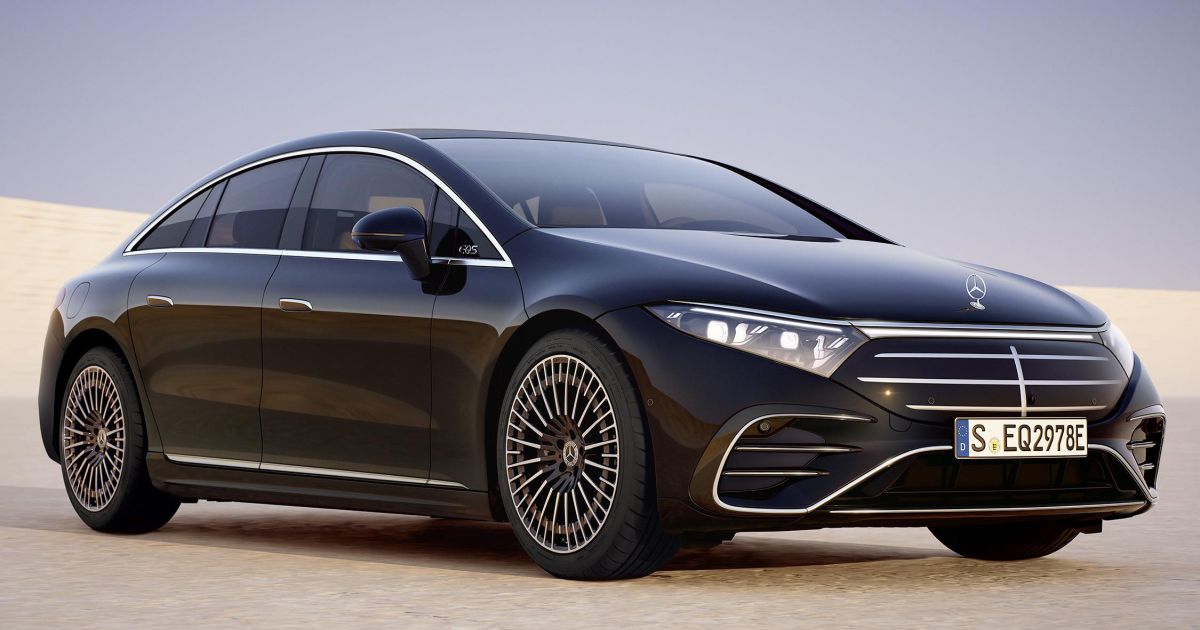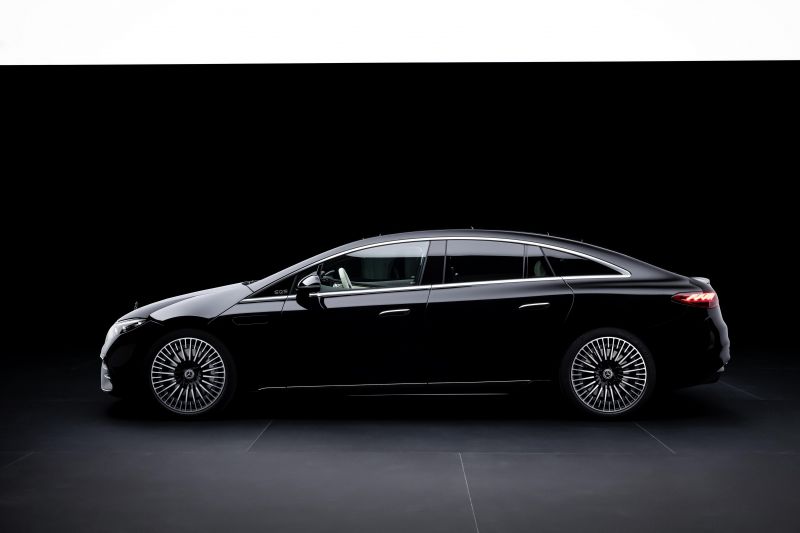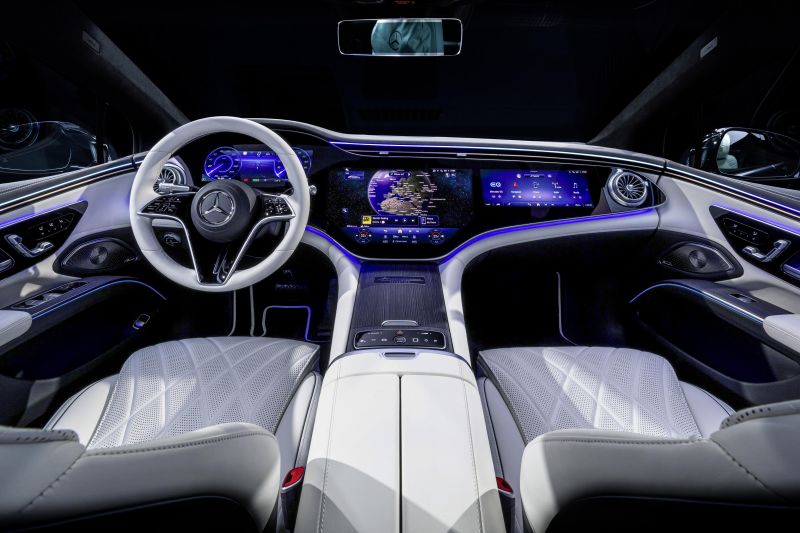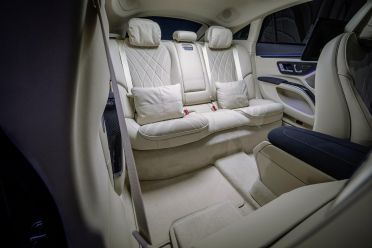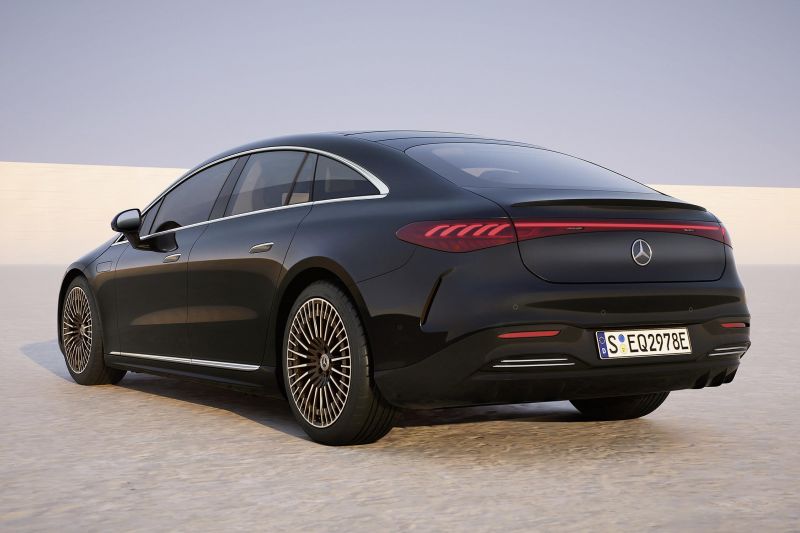The Mercedes Benz EQS The electric liftback has received a face transplant, with a new cup that looks very similar to that of the S-Class.
The update also brings improvements in range and standard equipment.
Mercedes-Benz has confirmed that the related EQE, EQE SUV and EQS SUV models, with which the EQS shares its electric vehicle architecture, will receive many of the same updates.
We’ve contacted Mercedes-Benz Australia to confirm when the updated EQS is coming down under. In Europe it can be ordered from April 25th, prices there remain unchanged.
Mercedes-Benz says it has responded to market and customer feedback with the series of EQS updates.
First, that face: It mimics the traditional S-Class grille, with a single vertical chrome strip and a few horizontal ones.
Given that it’s an electric car, it’s still closed, but the EQS now looks more like an internal combustion engine vehicle.
A raised ornament can also be seen on the bonnet at the front; the new face can also be seen on models with the AMG optics package.
There are no other visible changes to the EQS’s exterior and Mercedes-Benz has not released any images of the high-performance Mercedes-AMG EQS 53; AMG models always have their own unique grille.
The EQS is upgraded from a 108.4 kWh battery to a 118 kWh battery, increasing the EQS 450’s range on the WLTP cycle by more than 11 percent from 717 km to 799 km.
The EQS 450+ has a claimed range of between 683 km and 822 km.
Mercedes-Benz says it has increased the towing capacity of the EQS models with all-wheel drive from 750 kg to 1700 kg.
A heat pump is now standard, which absorbs the waste heat from the inverter, electric motor and battery and uses it to heat the interior. This means you can rely less on energy-intensive air conditioning and get more range out of the car.
The level of recuperation has been increased and Mercedes-Benz says it has used a modified brake force cylinder to give the EQS a better brake pedal feel.
Because the EQS’s brake discs are used less often than in combustion engine vehicles due to recuperation, the company also says it plans to introduce a “special function” that will apply the brake pads to the discs from time to time to service the braking system.
Inside, the MBUX Hyperscreen is now part of the standard equipment. It features three separate displays under a gently curved piece of glass and is over 141cm wide.
The air vents in the B-pillars have a new frame made of galvanized chrome, and an additional cushion in the rear has piping made of nappa leather.
Models with the Rear Comfort Package Plus have a new sloping footrest on the right side in the rear, which allows the passenger to stretch out more comfortably.
With this package, the passenger seat can be folded forward and the backrest in the rear can be adjusted by up to 38 degrees.
Changes have also been made to the standard rear seat configuration. The backrest can be adjusted from 27 to 36 degrees and the backrest has 5 mm more foam.
Mercedes-Benz has further developed the EQS’s autonomous driving technology to Level 2 and automatic lane changing is now supported on motorways with two structurally separated lanes, provided the speed limit is not higher than 140 km/h.
In 2023, Mercedes-Benz Australia sold 67 EQS liftbacks compared to 108 S-Class sedans.
In contrast, the smaller EQE recorded 437 sales, outperforming its combustion engine E-Class counterpart (421 sales).
-
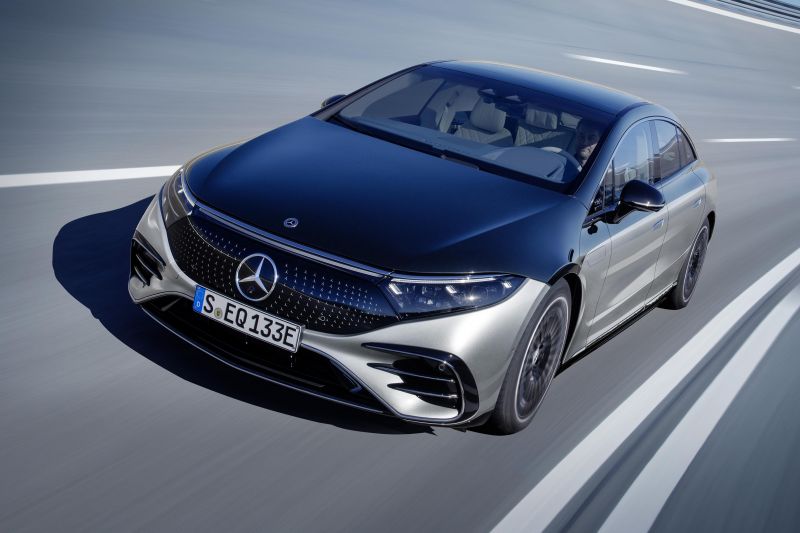
Outgoing EQS
MORE: Everything about the Mercedes-Benz EQS
